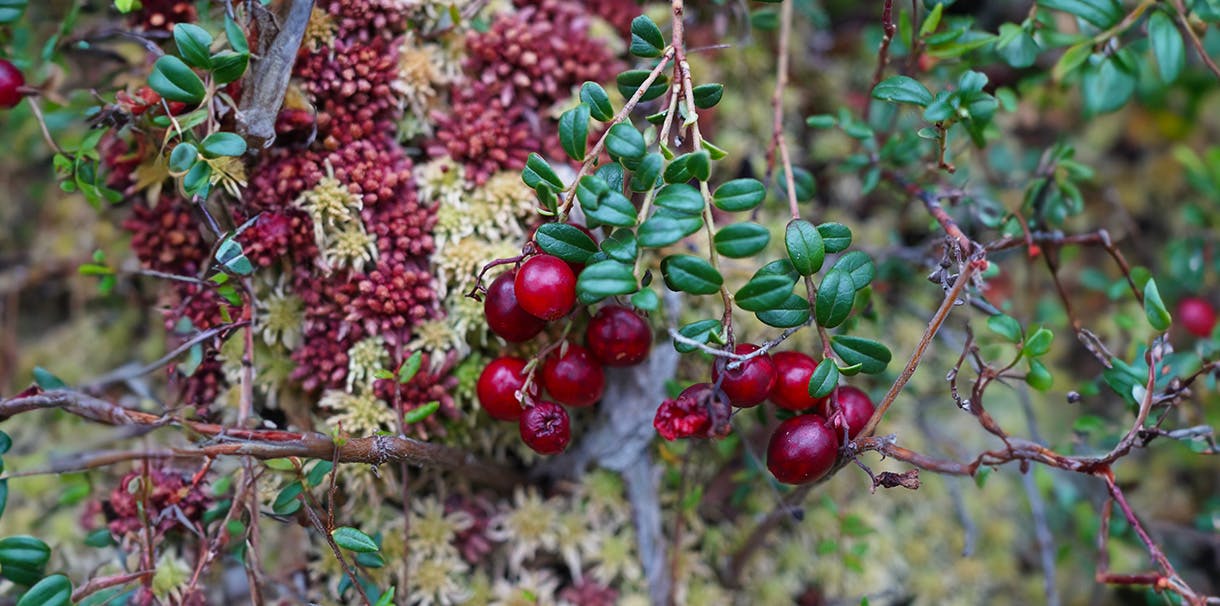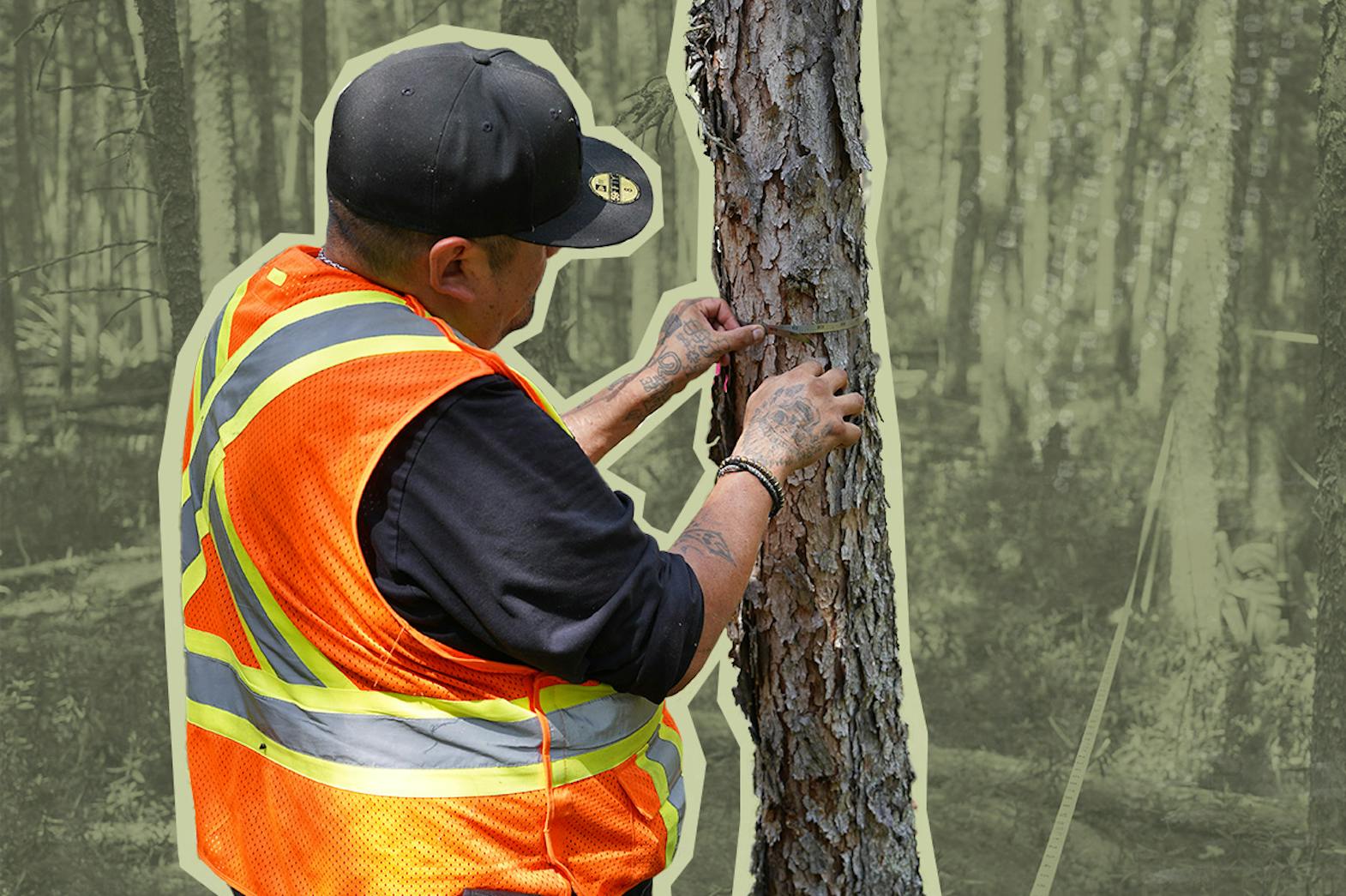Environmental stewardship is a term that seems to be thrown around often these days, as cumulative effects from development and climate change become hard to ignore around the globe. In celebration of Earth Day, I find myself reflecting on what this really means to me.
Environmental stewardship is to responsibly care for the natural world, with the understanding that the land, the waters, the soils and the skies are directly tied to the well-being of all living beings on earth, us, as people, among them.
I consider myself lucky witness and participate in environmental stewardship in real time through community-led impact assessments with Nations in Manitoba and Ontario. Through experiences while working in the field alongside Elders, Knowledge Keepers, Guardians, and Scientists over the past few years, the concept of many ways of knowing and its power in stewardship has been on my mind more than ever.
One of my favourite stories on this subject comes from this past field season, while working in a remote tract of boreal forest within Treaty 3 Territory alongside a biologist, and the Niiwin Wendaanimok Anishinaabe Guardians - A motivated group of young adults from four partner Nations, who carry the responsibility of implementing the Traditional Resource Law of the Anishinaabe in Treaty 3, by monitoring the lands, air, soils, and waters in the territory, for the people, by the people and with the people.
We had been dropped off by helicopter early one morning and had spent several hours walking through a wetland as part of a vegetation survey. Moving through the forest, the biologist was scanning the ground for rare plants, searching for provincially and federally listed species or species of importance from a western science perspective. We found a few and documented the findings for consideration in the impact assessment process!

At the same time, the Anishinaabe Guardian was scanning the forest floor for species of importance identified by his Elders, looking for medicines and berries as he moved through the thick bush. He also found a few, and documented the findings for consideration in the impact assessment process!
When we broke for lunch, we laid down on a carpet of soft moss to rest our legs. Where we chose to sit, we were surrounded by small ground level plants with red berries, which the biologist identified to be bog cranberry. According to the matrix in the Western Science field guide, bog cranberry didn’t meet the criteria of a species of importance and was pretty quickly dismissed. Perfectly ripe in mid-August however the berries were tasty, and we all snacked on the fruit within arms reach. It was at this moment that the Guardian spoke up to say that we needed to ask the Elders about bog cranberry when we got back to the community. He had a feeling that the tasty berry would have meant something to his Elders and may have been a source of sustenance for the Anishinaabe.
Upon our return, we had the privilege of sitting with several Elders and Knowledge Keepers who shared stories of bog cranberry. There were stories shared of a select few weeks each summer, when the berries reached peak ripeness, when families harvested the red fruit from beneath the forests of black spruce.
Traditional Knowledge and western science each include very different ways of knowing. Traditional Knowledge passed down through generations incorporates spiritual, cultural, and practical insights about the land and its relationship with the well-being of the people. Western science, on the other hand, relies on observation, experimentation, and data analysis to understand the environment. And while significantly different, I feel fortunate to facilitate the complementary relationship between these many ways of knowing. Through harmonization, it is possible to address complex environmental challenges in a caring and comprehensive way, Impact Assessment as just one example.
By recognizing the value in different perspectives, knowledge systems, and approaches that people use to understand and interact with the world and making space for this dialogue, we can guide the ongoing care and protection of the earth together holistically.




